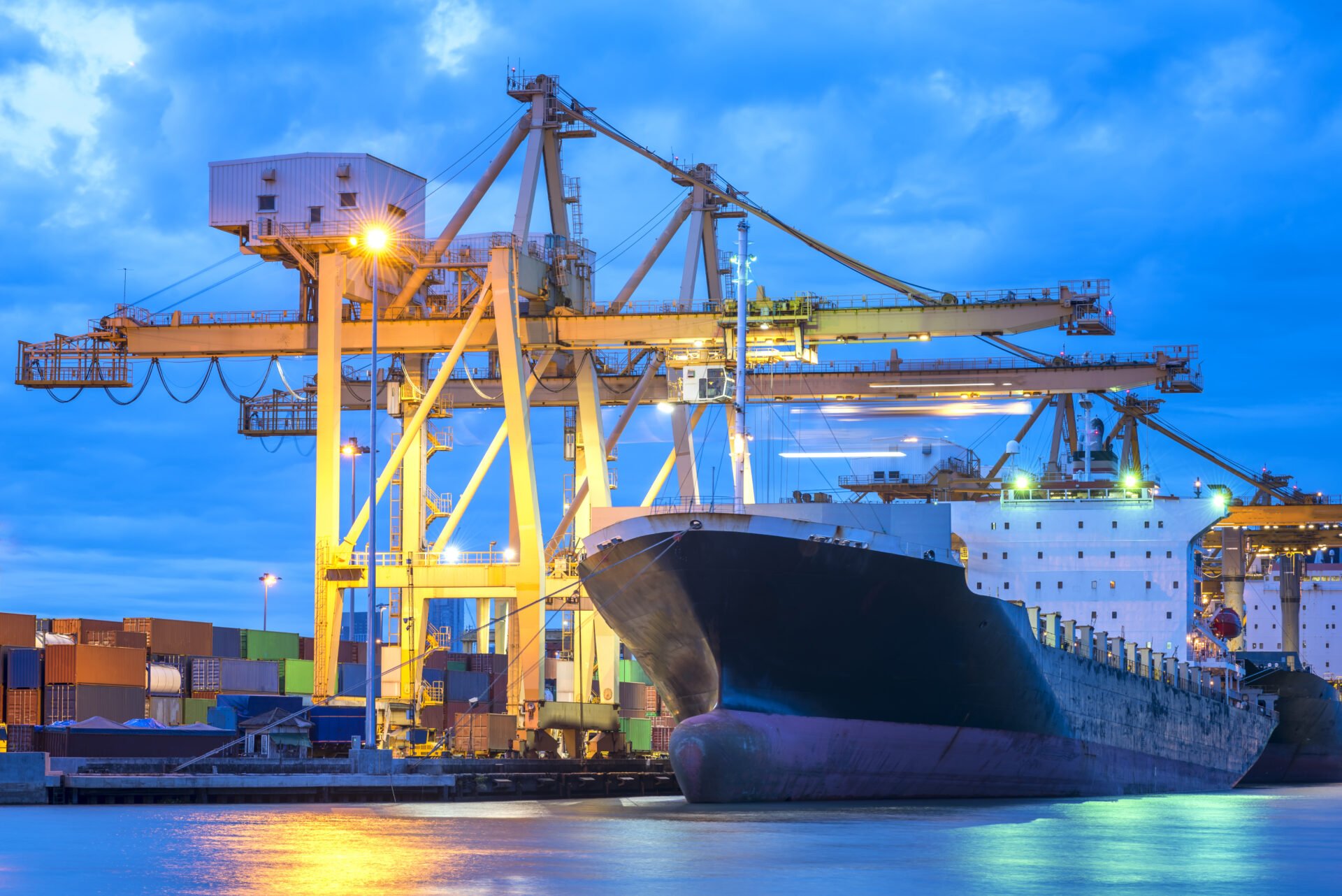- Container charter rates surge, but freight rates remain unstable.
- Shipping sector trends diverge — tankers strong, LNG and car carriers weaken.
- Fleet growth slows, while decarbonisation and newbuild challenges rise.
Despite the “noise” of tariff policy, shipping markets are currently in a stronger position than six months ago, reports Safety4sea citing a Clarksons Research report.
Sentiment has improved post-summer, particularly in the tanker segment, although strategic uncertainties remain regarding the geopolitical impacts on long-term trade and the pace and direction of decarbonisation, Stephen Gordon, Managing Director, Clarksons Research highlights in a recent article.
Seaborne trade growth to slow down
Seaborne trade growth is projected to slow to just 0.5% in 2025, reaching 12.8bn tonnes (2024: 2.4% y-o-y). Following a soft start, more positive signals are emerging, with tonne-mile trends outperforming at 1.0% (2024: 6.1%). U.S. trade policy has dominated recent headlines, and while it has affected sentiment and investment levels, only 4% of global seaborne trade has been newly tariffed in 2025 (noting that approximately 90% of global trade does not involve the U.S.).
Despite initial volatility, such as “front loading” on the transpacific route followed by a downturn, overall volumes have been relatively resilient (U.S. grain export trends remain a key watchpoint). Agreements are now in place for 65% of the volumes affected by tariffs.
Other factors have played a larger role in shaping trade flows, including a 3% year-on-year decline in Chinese imports (following significant inventory build-up in 2023–2024) and rising OPEC export volumes.
Furthermore, disruptive events continue to impact shipping distances; Red Sea transits remain down 70%, with re-routing contributing approximately 2.5% additional demand overall (including +11% in the container segment), while Russian sanctions continue to support oil tonne-miles. As a result, growth continues amid heightened complexity, offering both risks and opportunities.
- Across shipping segments, container markets have exhibited mixed trends. Charter rates have edged higher, currently sitting at their highest levels outside the COVID-19 period (three times higher than late 2023), amid tight supply. However, freight rates have been volatile and now sit below 2024 levels.
- Tanker earnings are strong and improving into the winter season (VLCCs now exceeding $90,/day), supported by limited fleet growth (+0.6% year-to-date for crude), rising OPEC+ production, and a tightened sanctions regime (with 15% of tanker fleet capacity currently listed as sanctioned).
- The dry bulk market has remained moderate (year-to-date earnings at $13,/day), although charter rates have improved through 2025, with Capesizes outperforming ($25,/day), driven by rapid growth in Guinean bauxite exports. LPG markets have remained firm, bolstered by U.S. export growth and longer-haul flows driven by U.S.–China trade tensions.
- In contrast, LNG carriers are experiencing challenging short-term conditions, as a wave of newbuilds enters the market ahead of major export capacity increases expected in coming years. Offshore oil and gas markets have softened year-on-year but remain in a stable position.
- The car carrier segment continues to weaken following strong performance from 2022–2024, primarily due to rapid fleet expansion. Cruise sector conditions remain strong—a remarkable recovery from the pandemic-induced downturn.
Read the full article here.




